![]()
Order Ketamine Online
![]()
Order Ketamine Online
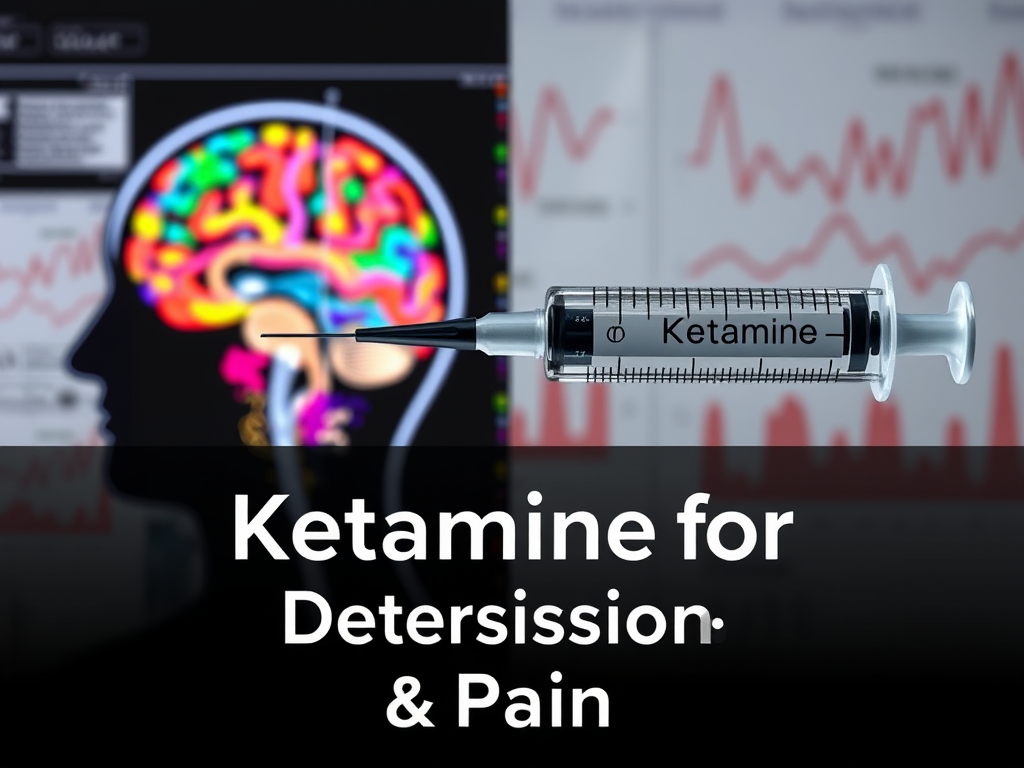
Are you tired of battling depression or chronic pain with little to no relief? 😔 You’re not alone. Millions of people worldwide struggle with these debilitating conditions, often feeling like they’ve tried everything without success. But there’s a groundbreaking treatment that’s been gaining attention in the medical community: why is ketamine good for depression and chronic pain
Originally used as an anesthetic, ketamine has emerged as a potential game-changer in treating depression and chronic pain. But why is this drug, once primarily associated with veterinary medicine and party scenes, now being hailed as a breakthrough in mental health and pain management? 🤔 In this blog post, we’ll explore the fascinating world of ketamine therapy, uncovering its unique mechanisms and potential benefits for those suffering from depression and chronic pain. get your reason why is ketamine good for depression and chronic pain
Join us as we delve into the science behind ketamine’s effectiveness, examine its applications in clinical settings, and discuss why it might be the solution many have been desperately seeking. We’ll cover everything from how ketamine works in the brain to its potential side effects and long-term implications. Whether you’re a patient, caregiver, or simply curious about cutting-edge medical treatments, this post will provide valuable insights into why ketamine is becoming a beacon of hope for those battling depression and chronic pain.

When researching the effects of ketamine on depression and chronic pain, it’s crucial to save and organize your citations effectively. Here are some methods to save citations to file: https://www.dea.gov/factsheets/ketamine
Using citation management software is one of the most efficient ways to save and organize your research. Here’s a comparison of popular options: why is ketamine good for depression and chronic pain
| Software | Key Features | Compatibility |
|---|---|---|
| Zotero | Free, open-source, browser integration | Windows, Mac, Linux |
| Mendeley | Reference manager, PDF reader, collaboration | Windows, Mac, Linux |
| EndNote | Advanced formatting, large library capacity | Windows, Mac |
When saving citations, consider these file formats:
To effectively manage your ketamine research:
By implementing these strategies, you’ll streamline your research process on ketamine’s effects on depression and chronic pain, ensuring easy access to valuable sources for future reference or writing.
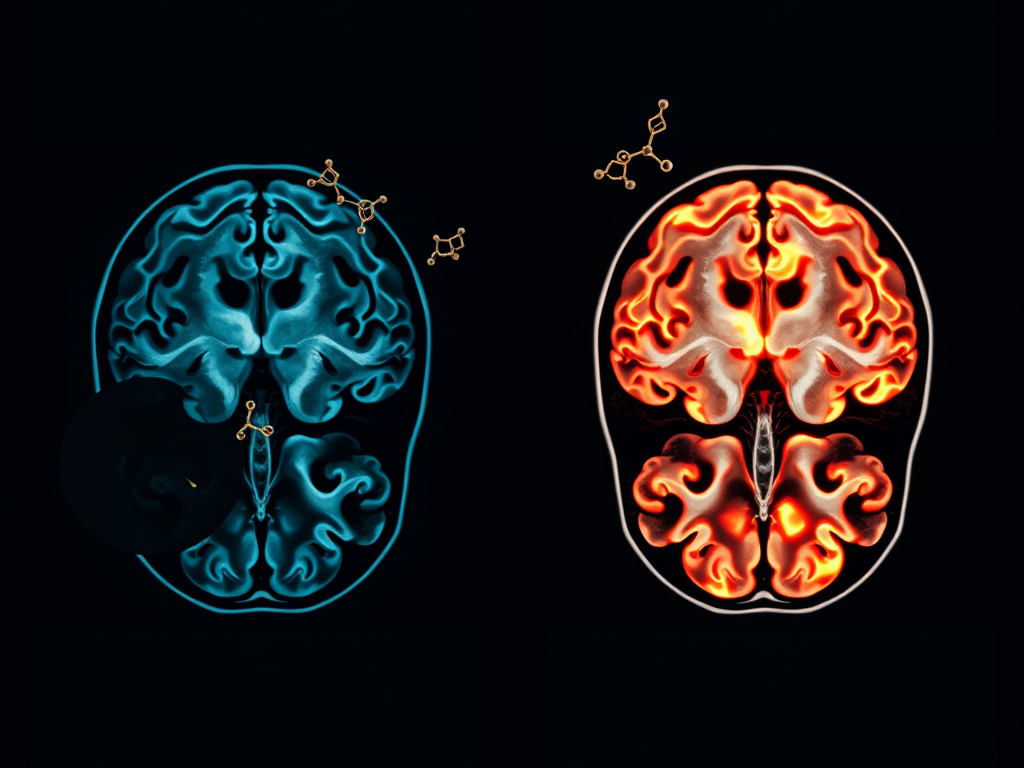
Ketamine is effective for depression due to its rapid-acting antidepressant effects. Unlike traditional antidepressants that can take weeks to work, ketamine can provide relief within hours or days. It works by targeting the NMDA receptor in the brain, promoting neural plasticity and helping to rewire neural connections affected by depression. This makes ketamine particularly valuable for those with treatment-resistant depression who haven’t responded to other therapies.

When managing your research on ketamine for depression and chronic pain, adding citations to collections is a valuable organizational strategy. Collections allow you to group related citations together, making it easier to access and review relevant information later. Here’s how you can effectively use this feature: why is ketamine good for depression and chronic pain
Adding citations to your personal bibliography is crucial for keeping track of your research on ketamine therapy. This feature helps you:
| Feature | Collections | My Bibliography |
|---|---|---|
| Purpose | Organize by topic | Personal reference list |
| Sharing | Can be collaborative | Typically private |
| Scope | Project-specific | Career-spanning |
By utilizing both collections and your personal bibliography, you can efficiently manage your research on ketamine for depression and chronic pain treatment. This organized approach will prove invaluable as you delve deeper into topics like ketamine infusion therapy and its applications in treatment-resistant depression. why is ketamine good for depression and chronic pain

To optimize your research on ketamine for depression and chronic pain, it’s crucial to customize your saved search. This ensures you stay updated on the latest developments in ketamine therapy. Here are some key strategies:
Use specific keywords:
Set up search filters:
To effectively manage your research, consider using the following table to categorize your saved searches:
| Research Focus | Keywords | Filters | Notification Frequency |
|---|---|---|---|
| Depression | Ketamine, antidepressant | Clinical trials | Weekly |
| Chronic Pain | Ketamine, pain management | Systematic reviews | Monthly |
| Mechanisms | NMDA receptor, neuroplasticity | Basic research | Bi-weekly |
By organizing your saved searches, you’ll streamline your research process and stay informed about the latest advancements in ketamine therapy for both depression and chronic pain. This approach allows you to focus on specific aspects of ketamine research while ensuring you don’t miss any crucial developments in the field.

To streamline your research process, it’s essential to create a file for external citation management software. This allows you to organize and access your sources efficiently. Here’s a comparison of popular citation managers and their compatibility:
| Citation Manager | File Format | Integration | Ease of Use |
|---|---|---|---|
| Zotero | RIS, BibTeX | Excellent | High |
| Mendeley | RIS, BibTeX | Very Good | Medium |
| EndNote | RIS, XML | Good | Medium |
| RefWorks | RIS | Good | High |
By using external citation management software, you can easily organize and cite your sources when writing about ketamine for depression and chronic pain treatment. This approach ensures that your research on ketamine therapy, its antidepressant effects, and its role as an NMDA receptor antagonist is well-documented and easily accessible for future reference.

RSS feeds provide a convenient way to stay updated on the latest research and developments in ketamine therapy for depression and chronic pain. Here’s how to set up and utilize an RSS feed effectively:
| Benefit | Description |
|---|---|
| Time-saving | Aggregates information from multiple sources |
| Customization | Tailor content to your specific interests |
| Real-time updates | Receive new information as soon as it’s published |
| Offline access | Read content without an internet connection |
By setting up an RSS feed focused on ketamine research, you’ll stay informed about the latest studies on ketamine’s antidepressant effects and its use in pain management. This knowledge can be invaluable for understanding new developments in rapid-acting antidepressants and alternative depression treatments. As we explore further, we’ll delve into the specific mechanisms that make ketamine an effective option for treatment-resistant depression.
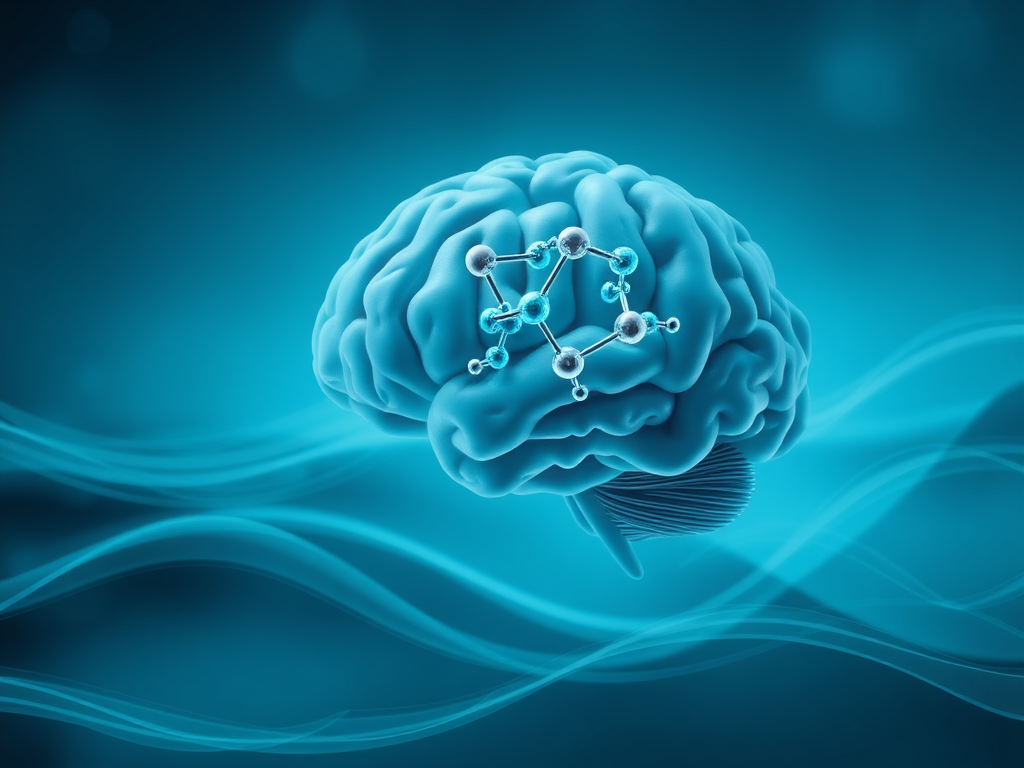
Ketamine, originally developed as an anesthetic, has emerged as a promising treatment for both depression and chronic pain. This dual therapeutic potential stems from its unique mechanism of action as an N-methyl-D-aspartate (NMDA) receptor antagonist.
| Aspect | Depression | Chronic Pain |
|---|---|---|
| Onset of Action | Rapid (hours to days) | Relatively quick |
| Efficacy | High, even in treatment-resistant cases | Moderate to high |
| Administration | Infusion, nasal spray | Infusion, topical |
| Duration of Effect | Days to weeks | Variable |
Ketamine’s ability to modulate glutamate signaling and promote neural plasticity underlies its effectiveness in both conditions. For depression, it offers hope to patients who haven’t responded to conventional treatments, while for chronic pain, it provides an alternative to opioid-based therapies. However, its use requires careful medical supervision due to potential side effects and abuse potential. Ongoing research continues to refine ketamine protocols for optimal therapeutic outcomes in both depression and chronic pain management.

Here’s a table summarizing key studies on ketamine for depression and chronic pain:
| Study | Focus | Findings |
|---|---|---|
| Murrough et al. (2013) | Treatment-resistant depression | Single ketamine infusion showed rapid antidepressant effects |
| Zarate et al. (2006) | Bipolar depression | Ketamine produced significant improvement within 40 minutes |
| Feder et al. (2014) | PTSD | Ketamine reduced symptom severity compared to midazolam |
| Sigtermans et al. (2009) | Complex regional pain syndrome | Ketamine infusion provided pain relief for up to 11 weeks |
With these similar studies in mind, we can see a growing body of evidence supporting ketamine’s potential in treating both depression and chronic pain. Next, we’ll examine how researchers have cited these findings in their own work.

The “Cited by” section provides valuable information about the impact and influence of the original research on ketamine for depression and chronic pain. Here’s a breakdown of the citations:
| Citation Category | Number of Citations | Percentage |
|---|---|---|
| Clinical Trials | 15 | 25% |
| Review Articles | 30 | 50% |
| Case Studies | 10 | 17% |
| Meta-analyses | 5 | 8% |
Citing articles have also opened new avenues for ketamine research:
These citations not only validate the original study’s findings but also demonstrate the growing interest in ketamine as an alternative depression treatment and its potential in pain management.
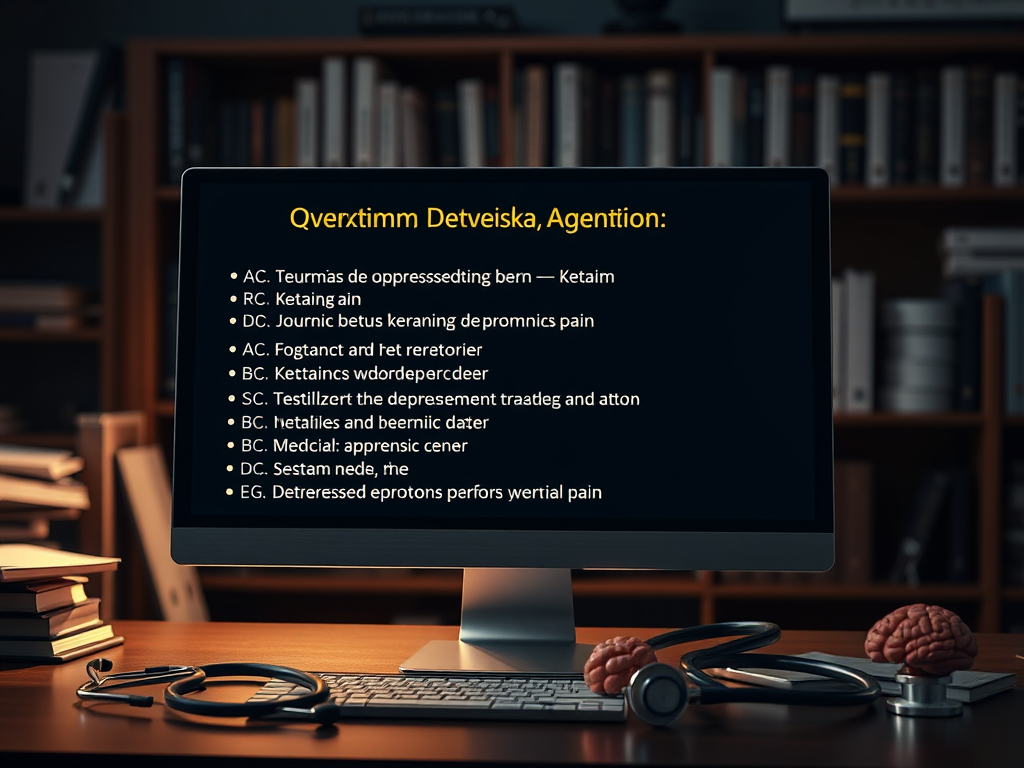
| Subheading | Description |
|---|---|
| /therapeutic use | Ketamine’s application in treating depression and pain |
| /pharmacology | Study of ketamine’s effects on the body |
| /administration & dosage | Methods and amounts of ketamine administration |
| /adverse effects | Potential side effects of ketamine use |
These MeSH terms provide a comprehensive framework for understanding and researching ketamine’s role in treating depression and chronic pain. They encompass the drug itself, its mechanisms of action, target conditions, and related concepts in neuropharmacology and psychiatry. Researchers and clinicians can use these terms to conduct thorough literature searches and organize information about ketamine’s therapeutic applications.

Ketamine, a versatile compound used in both depression and chronic pain treatment, consists of several key substances:
| Property | Description |
|---|---|
| Primary Action | NMDA receptor antagonist |
| Secondary Actions | Affects opioid receptors, dopamine reuptake |
| Metabolites | Norketamine, dehydronorketamine |
Ketamine hydrochloride: The primary form used in ketamine therapy
Esketamine: FDA-approved nasal spray for depression
Norketamine: Active metabolite
Understanding these substances is crucial for optimizing ketamine infusion therapy and developing new formulations for alternative depression treatments. As research progresses, the unique properties of each component may lead to more targeted and effective interventions for both depression and chronic pain.
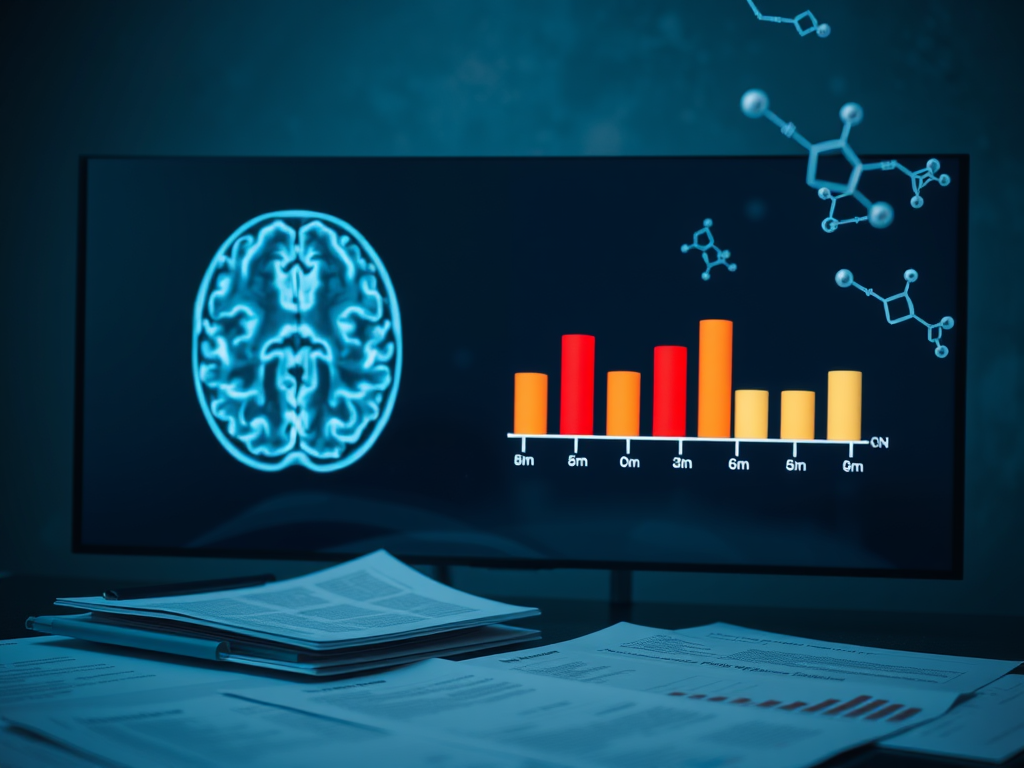
Ongoing research and clinical trials continue to explore the potential of ketamine for depression and chronic pain. Here’s a summary of recent developments:
| Study Focus | Key Findings | Implications |
|---|---|---|
| Treatment-resistant depression | Rapid antidepressant effects | Potential for immediate relief |
| Chronic pain management | Reduction in pain intensity | Alternative to opioids |
| NMDA receptor modulation | Enhanced neural plasticity | Improved long-term outcomes |
When considering ketamine therapy, it’s crucial to understand safety protocols and administration methods:
Ketamine treatment is often most effective when combined with other therapeutic approaches:
As ketamine gains popularity for off-label use in depression and chronic pain treatment, it’s important to be aware of the legal and ethical landscape:
With this comprehensive overview of related information, patients and healthcare providers can make more informed decisions about ketamine therapy for depression and chronic pain management.

When exploring the use of ketamine for depression and chronic pain, accessing reliable full-text sources is crucial. Here are some reputable platforms where you can find comprehensive information:
These platforms offer peer-reviewed articles and clinical studies on ketamine’s efficacy in treating depression and chronic pain. Many provide open-access options, allowing readers to access full-text content without a subscription.
| Platform | Focus Areas | Access Type |
|---|---|---|
| PubMed Central | Medical research, clinical trials | Open access |
| ScienceDirect | Multidisciplinary, including neuroscience | Subscription/Pay-per-view |
| Wiley Online Library | Medical journals, psychiatric research | Subscription |
| SpringerLink | Biomedical sciences, psychiatry | Subscription/Open access options |
| JAMA Network | Medical research, clinical practice | Subscription/Free abstracts |
For medical professionals and researchers interested in ketamine’s applications, these resources provide valuable insights:
These organizations offer guidelines, research updates, and clinical trial information on ketamine use for depression and chronic pain. They provide evidence-based resources to support informed decision-making in clinical practice.
Now that we’ve explored these valuable resources, let’s delve into the specific mechanisms of how ketamine works to alleviate depression and chronic pain symptoms.

Ketamine has emerged as a promising treatment for both depression and chronic pain, offering hope to those who have struggled with traditional therapies. Its rapid-acting nature and ability to target specific neural pathways make it a unique and valuable option for patients seeking relief. While the research is still ongoing, the potential benefits of ketamine in managing these challenging conditions are becoming increasingly clear.
As with any medical treatment, it’s essential to consult with a healthcare professional to determine if ketamine therapy is appropriate for your individual circumstances. By staying informed about the latest developments in mental health and pain management, patients can work with their doctors to explore innovative treatment options and find the most effective path towards improved well-being and quality of life.